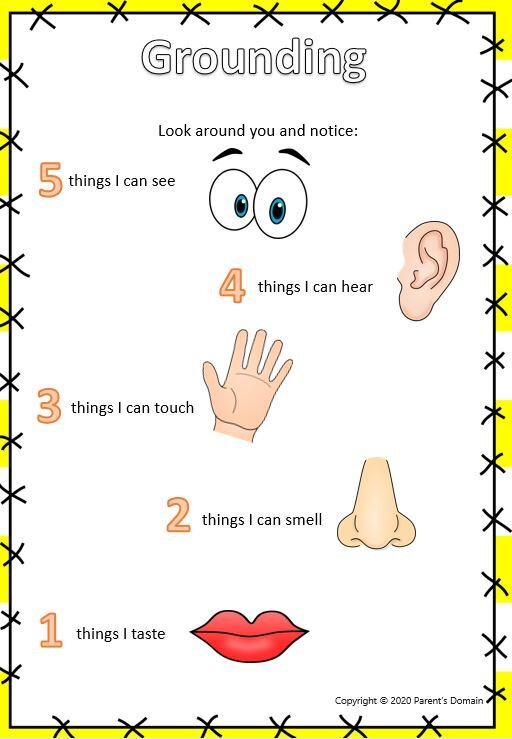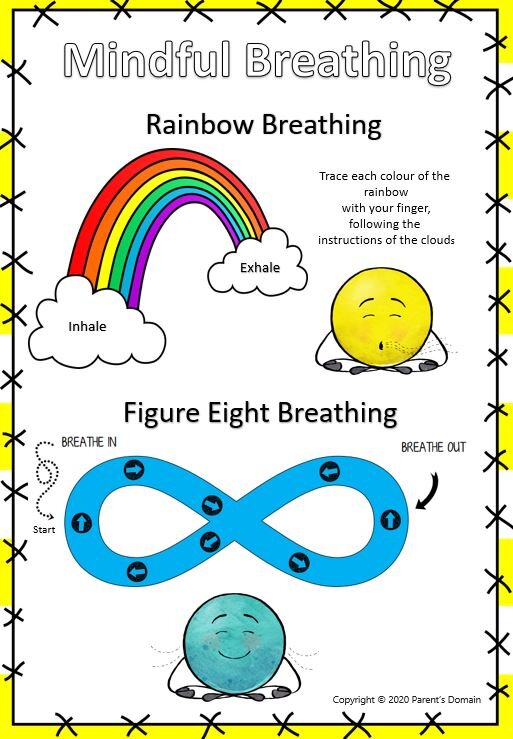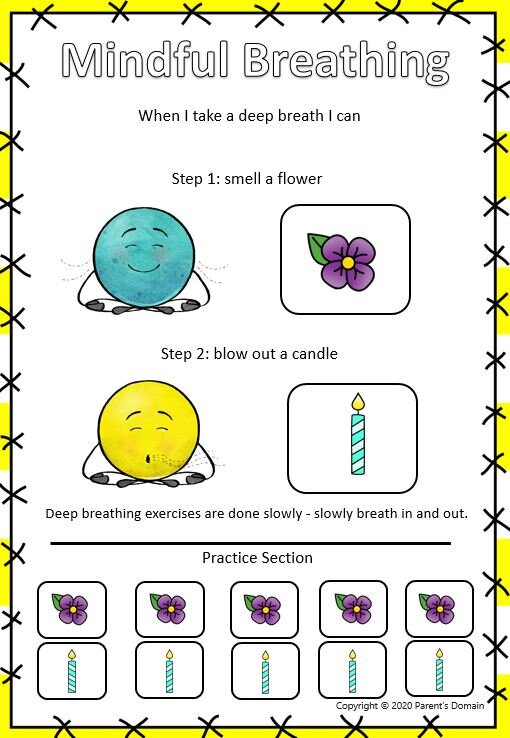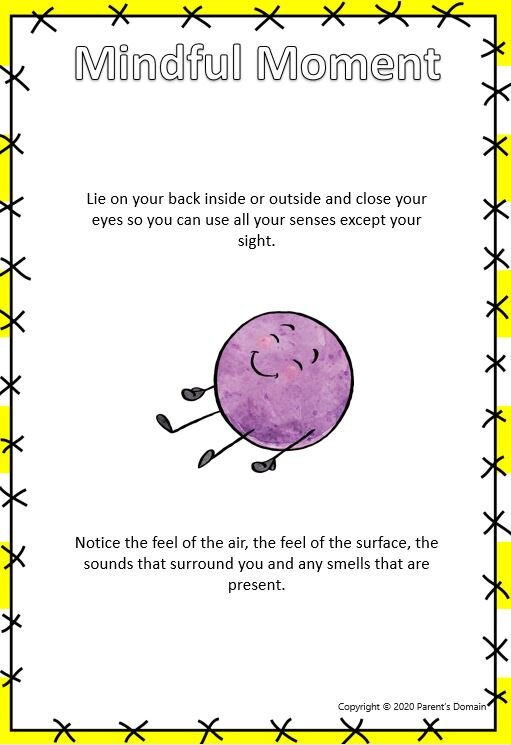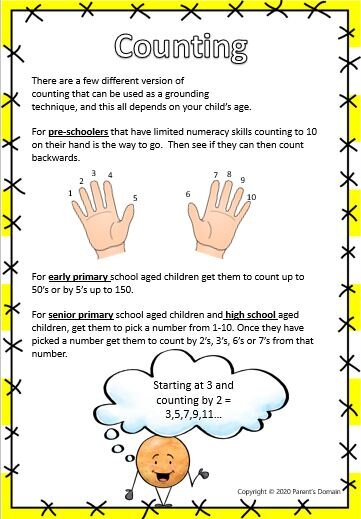It’s time for our children to return back to the classroom. Its been a long and difficult time for all – children, teachers and parents/ caregivers combined. It has been a roller coaster of emotions and as children return back to the classroom we begin to regain somewhat of our traditional routine and structure.
But it has been some time since children have been at school, with their teacher and friends face to face. For some children they are filled with excitement and for others there are feelings of jittery nerves.
So let’s take a moment and explore how we can support our children in their transition.
Feelings Check-In
In the next few days leading up to the school return, let’s check in and see how our children are feeling and be curious about their feelings. Validating and empathizing how children are feeling is so incredibly important. When children feel seen and heard we are less likely to see the behaviours that are associated with unmet needs. When we start to talk to children about their feelings we have a tendency to go into ‘fix it mode’, let’s hold off on finding solutions, rather just being with our children and connecting with their feelings works wonders. Knowing that we are on their side and understand what they are feeling makes the emotions less intense. “I can see that you are scared and I also know how courageous you are. We can do this together.”
Calendar
For our little children (Prep-Year 2) we might track how many days until they return to school by using a calendar to tick off and count down. Children at this stage still don’t have great concept of time and days so having a visual can really help.
Transitional Object
A transitional object is a small item that you can give your child to let them know that you are with them – a special necklace, bracelet, a small item to put in their pocket, or photo. This is a handy little tool for those children who have anxiety and find it difficult to separate from us.
Working Through Heightened Emotional States.
If you find that your child’s emotions have taken over, they may be refusing to go to school, their emotions and reactions are intense, then we need to help them regulate their emotions and switch off their firing amygdala. Children are yet to fully develop the skills to regulate their emotions on their own so they need us to guide them through it. The prefrontal cortex is the key part of the brain that is required to regulate their emotions and did you know that this is the last part of the brain to fully mature and develop which is around the age of 25.
Here are steps that children can use to help regulate their emotions.
Engaging in calming strategies whether it is slow breathing, counting or grounding techniques all help to silence the amygdala and enable children to ignite the prefrontal cortex to come back on line so that children can think rationally (I have include some calming strategies at the end of this blog).
Positive Associations
Have children draw a picture of school and list all the wonderful things about school. This is a wonderful visual reminder that you can put on the fridge on in their room. You might like to turn this into a dinner time game, by going around the dinner table and asking each family member to list a positive things about school, keeping going around to each member and see how many positive association words you can list. By having children say this out loud the brain records and stores this information. What is interesting is that this information is stored in the limbic system the same area that the amygdala is located therefore sending positive messages to the amygdala that it does not need to react. If you find your child is nervous you can refer back to all the positive associations that you made.
Lower Expectations
During this period, we need to consider that we are all experiencing a collective trauma so lower expectations and increase the dial on compassion for ourselves, our children and others.
Night Time Routine
Start getting back into a night time routine, good sleep routines influence mental health and wellbeing.
The Morning of School
Keep things calm and simple, this might mean that we need to get up a bit earlier, be a bit more organized. Children are really attuned to our mood so if we are calm then they feed into this.
We might like to have a mantra for the first day, something that you have discussed as a family the night before. Daily Intentions are a powerful mindful practice. Setting a Daily Intentions helps to guide us in our behaviour and actions. They help us to remain focused and on task, especially when we encounter difficulties. Daily intentions help to prime our brain to look for opportunities and behaviours that support our intentions. (Featured below are Daily Intention Card created by Parent’s Domain)
It is always hard to readjust after a stressful period. Remember deep breaths you’ve got this! Just a reminder to do what feels right for your child. Feel free to have a go and tweak these strategies.
For more information or support please don’t hesitate to get in touch.






